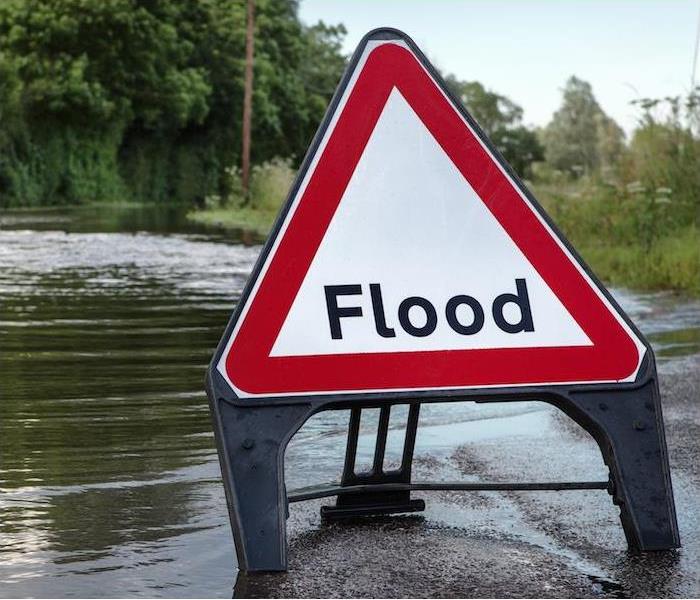How Important Is Flood Preparation When You Live on an Island?
4/5/2022 (Permalink)
When you’re living on an island, it’s difficult to predict when a tidal wave could occur, impacting your home and livelihood. Perhaps, you have recently suffered some sort of flooding in your home.
It’s easy to pass off a little water, considering flooding is the most common natural disaster in the U.S. and its territories. However, you may not have know it claims more lives per year than hurricanes, tornadoes or lighting. Not to mention, flooding can impact anywhere from one home to an entire island.
There are actually several similarities among types of flooding and the causes behind them. The categories of flooding can be broken down into three types: flash floods, river floods and coastal floods.
Flash floods occur when heavy rain passes or sits over an area and hinders the ground’s ability to contain all the moisture. Excess water runs off and takes garbage cans, cars and more with it.
River floods can happen when there’s too much water for a river’s banks to hold, the water spills over the sides and causes destruction.
Coastal floods happen in areas next to large bodies of water, such as islands. When a storm comes through, it can cause ocean or gulf levels to rise to flood levels.
Heavy rainfall. Heavy storms that sit and rest over an area for a long time can cause flash floods or river flooding. Urban areas are more at risk for rain floods, because there’s a lack of soil to soak up all the water.
Oceanic activity. Storm surges, hurricanes and rising tides can cause water levels to rise in waves, which can wreak havoc in coastal communities, such as Honolulu.
Dams and levees failing. The most notable example of this in recent history would be the disastrous levee breaks during 2005’s Hurricane Katrina. Levees and dams fail when cracks occur or excess pressure overtakes the dam’s ability to contain the surge of water behind it.
Snowmelts and ice dams. In other states where heavy snow and prolonged freezing temperatures are common, snow and ice can build up over several months. When they start to melt, it can cause flowing waters, which damage nearby communities. Ice dams or ice jams occurs when ice traveling downstream blocks the path, causing the banks to overflow.
Whether you have experienced coastal flooding or a flash flood, SERVPRO has the resources to assist your home or business in the reconstruction process. Contact us anytime when flooding or water damage makes a mess in your life.


 24/7 Emergency Service
24/7 Emergency Service
